Toru Kouyama
SAR-W-MixMAE: SAR Foundation Model Training Using Backscatter Power Weighting
Mar 04, 2025Abstract:Foundation model approaches such as masked auto-encoders (MAE) or its variations are now being successfully applied to satellite imagery. Most of the ongoing technical validation of foundation models have been applied to optical images like RGB or multi-spectral images. Due to difficulty in semantic labeling to create datasets and higher noise content with respect to optical images, Synthetic Aperture Radar (SAR) data has not been explored a lot in the field for foundation models. Therefore, in this work as a pre-training approach, we explored masked auto-encoder, specifically MixMAE on Sentinel-1 SAR images and its impact on SAR image classification tasks. Moreover, we proposed to use the physical characteristic of SAR data for applying weighting parameter on the auto-encoder training loss (MSE) to reduce the effect of speckle noise and very high values on the SAR images. Proposed SAR intensity-based weighting of the reconstruction loss demonstrates promising results both on SAR pre-training and downstream tasks specifically on flood detection compared with the baseline model.
Salient object detection on hyperspectral images using features learned from unsupervised segmentation task
Feb 28, 2019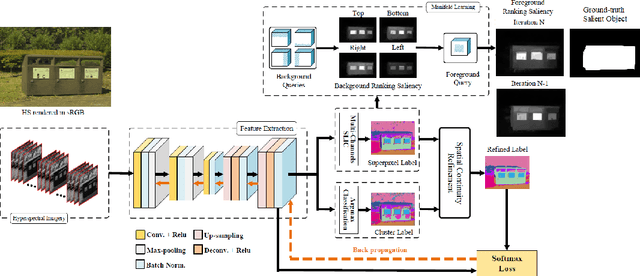
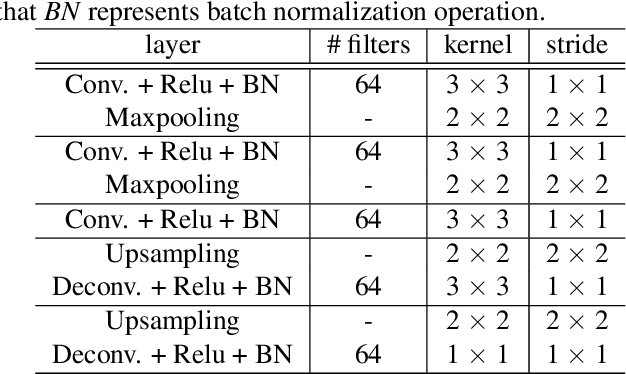
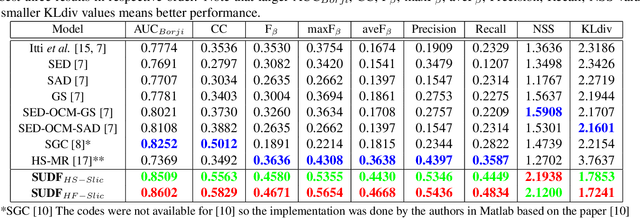
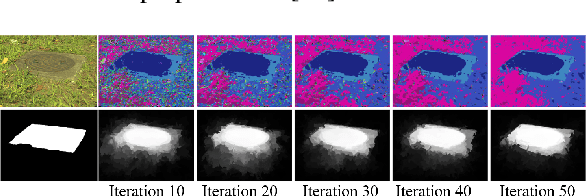
Abstract:Various saliency detection algorithms from color images have been proposed to mimic eye fixation or attentive object detection response of human observers for the same scenes. However, developments on hyperspectral imaging systems enable us to obtain redundant spectral information of the observed scenes from the reflected light source from objects. A few studies using low-level features on hyperspectral images demonstrated that salient object detection can be achieved. In this work, we proposed a salient object detection model on hyperspectral images by applying manifold ranking (MR) on self-supervised Convolutional Neural Network (CNN) features (high-level features) from unsupervised image segmentation task. Self-supervision of CNN continues until clustering loss or saliency maps converges to a defined error between each iteration. Finally, saliency estimations is done as the saliency map at last iteration when the self-supervision procedure terminates with convergence. Experimental evaluations demonstrated that proposed saliency detection algorithm on hyperspectral images is outperforming state-of-the-arts hyperspectral saliency models including the original MR based saliency model.
Object Detection in Satellite Imagery using 2-Step Convolutional Neural Networks
Aug 09, 2018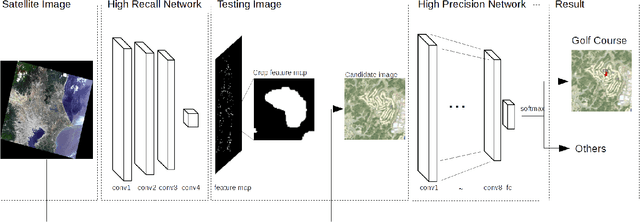

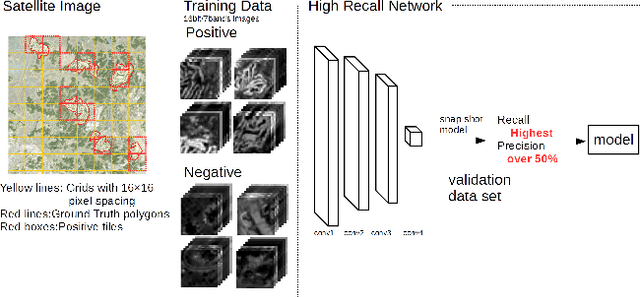
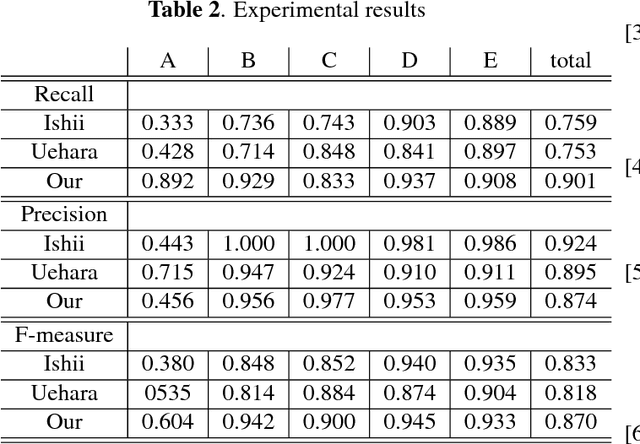
Abstract:This paper presents an efficient object detection method from satellite imagery. Among a number of machine learning algorithms, we proposed a combination of two convolutional neural networks (CNN) aimed at high precision and high recall, respectively. We validated our models using golf courses as target objects. The proposed deep learning method demonstrated higher accuracy than previous object identification methods.
Hyperspectral Image Dataset for Benchmarking on Salient Object Detection
Jul 02, 2018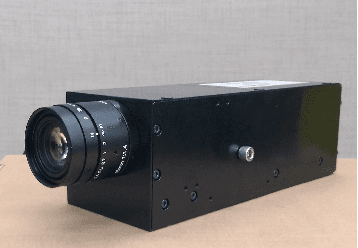
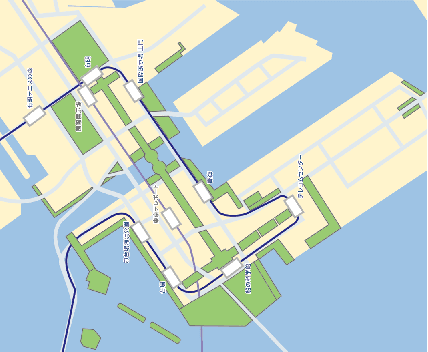
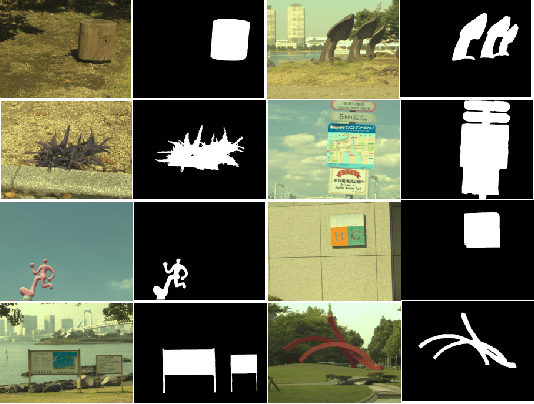

Abstract:Many works have been done on salient object detection using supervised or unsupervised approaches on colour images. Recently, a few studies demonstrated that efficient salient object detection can also be implemented by using spectral features in visible spectrum of hyperspectral images from natural scenes. However, these models on hyperspectral salient object detection were tested with a very few number of data selected from various online public dataset, which are not specifically created for object detection purposes. Therefore, here, we aim to contribute to the field by releasing a hyperspectral salient object detection dataset with a collection of 60 hyperspectral images with their respective ground-truth binary images and representative rendered colour images (sRGB). We took several aspects in consideration during the data collection such as variation in object size, number of objects, foreground-background contrast, object position on the image, and etc. Then, we prepared ground truth binary images for each hyperspectral data, where salient objects are labelled on the images. Finally, we did performance evaluation using Area Under Curve (AUC) metric on some existing hyperspectral saliency detection models in literature.
 Add to Chrome
Add to Chrome Add to Firefox
Add to Firefox Add to Edge
Add to Edge